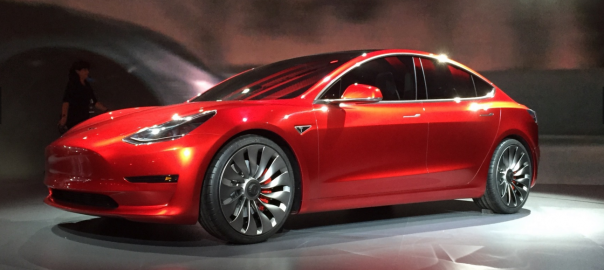Tesla Model S tops Driver Power 2016 with highest-ever satisfaction rating, with Renault ZOE in second and four hybrids in the top ten
British car owners who’ve taken the plunge and bought electric cars are raving about them, according to Driver Power 2016. This year’s car ownership survey – now in its 15th year – is dominated by electric and hybrid vehicles, with Tesla’s Model S taking first place in seven out of ten categories as well as the overall number one position.
The survey covers the issues that really matter to motorists with owners rating their vehicles over ten categories including reliability, running costs, practicality and in-car tech. This year, Driver Power received nearly 50,000 responses, with 32 makes and 150 models ranked.
This year’s winner, the Tesla Model S, received a highest-ever satisfaction rating of 97.46%, which included a 100% satisfaction rating in the Ease of Driving category – the first time any model has received full marks in the history of the Driver Power survey.
Brian Walters, Director of Research and Insight at Driver Power, said:
“With seven individual category wins it’s hard to dispute the appeal of the Tesla. This is the first time this manufacturer has appeared in the Driver Power survey, but with results like these I’m certain we’ll see more of it in the future.
“The in-car tech has raised the bar for other manufacturers, and the growing network of rapid-charging points that are free for owners to use makes it the number one for running costs as well. The only area for concern is build quality, but if Tesla can sort this out then I think it’s going to be a tough brand to beat.”
As well as the ZOE in second place, Renault took third spot with the new Kadjar SUV. Last year’s number one brand, Lexus, took four of the top ten positions with its IS, GS and RX (marks two and three) models.
Read more: AutoExpress



